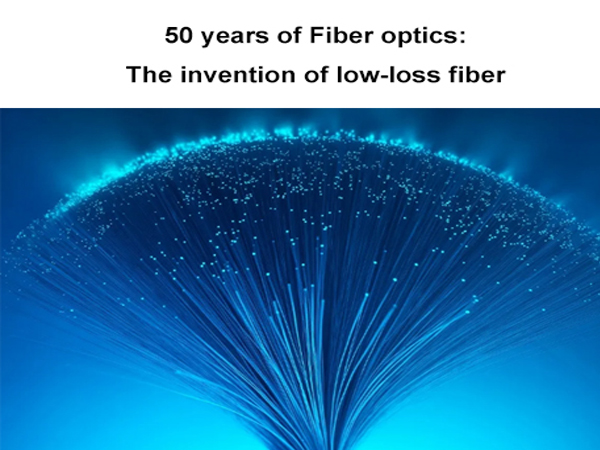
In 1970, the world was on the verge of a data and communications explosion.
New inventions began to create a need to transmit data over long distances. In the fall of 1969, the U.S. Department of Defense developed ARPAnet, a precursor to the Internet that first connected the Pentagon and university laboratories. Companies such as Digital Equipment were busy making the first fridge-sized microcomputers, which were smaller and cheaper than room-size mainframes, meaning that more companies could run their businesses through data. The first ATMs were primitive. To support the machine‘s ability to read, paper instruction plates were filled with slightly radioactive elements and required to send customers‘ banking information over the Internet. A year later, a computer programmer named Ray Tomlinson sent the world‘s first E-mail and began using @ symbol to separate names and addresses.
Global businesses also began to need to talk to each other, but copper telephone lines could carry only a limited number of calls. The quality of sound is weak because the wires don‘t carry enough information to recreate a person‘s voice. Demand has so outstripped supply that international calls at one point cost as much as $4 a minute (equivalent to $27 in 2020) or more.
There is a growing need to transmit large amounts of data and conversations over long distances at low cost. To meet this need, a plausible theory came to the attention of researchers, helped by Charles, then a physicist at Britain‘s Standard Telecommunications Laboratory.
The term "optical fiber" came into view in the 1960s. But the term was originally used to describe optical amplifiers in cathode ray tubes (used to watch television), computer circuits, and medical devices. The technique works only over short distances. When the distance reaches about 20 meters (about 65 feet), the signal almost disappears completely.
Kao was the first to suggest that the world might be connected in the form of light, mediated by optical fibers. In a seminal paper published in 1966, Dr. Kao wrote that optical fibers could theoretically be far superior to copper wires or radio signals. The challenge is the impurities in the glass, which also cause what scientists call "attenuation" of signals. Scientists have managed to find a "low-loss optical fiber," a glass that can transmit light over long distances without appreciable loss of light. Kao‘s hypothesis was that by cleaning the glass, the thin fiber bundles would be able to transmit large amounts of data over long distances with minimal signal loss.
But no one knew how to make such a purified fiber. The British Post Office, which was responsible for the British telephone system, turned to Corning for help in finding a new type of high-capacity cable. Corning appointed physicist Robert Maurer to lead two new young researchers: experimental physicist Donald Keck and glass chemist Peter Schultz to work on the project.
The path to innovation, however, is bound to avoid the frustration of numerous failed experiments. During this time, scientists have tried numerous glass combinations and experiments based on different design sizes and production methods to create and purify the glass components needed for experiments. One of the challenges was to combine the two types of glass into a single fiber. In each test, technicians pulled a fiber from a glass block placed side by side in a furnace, then attached the fiber to the other to make a single fiber.
On a Friday evening in August 1970, Keck was getting ready to put the team‘s newly developed prototype of a new optical fiber into the device for testing. Although he can‘t wait to start the weekend, Keck wants to try out the latest results before going home. He leaned over the microscope and was stunned by a bright light. "It was the most magnificent sight I have ever seen," Keck later described. Light loss is measured in decibels, and Dr. Kao‘s theory only works if the glass‘s light-carrying capacity shows a loss of less than 20 decibels. The pulse of light passing through the new fiber is between 16 and 17 decibels. Keck said he felt Edison‘s spirit that day in his lab and wrote "Wow!" in a notebook. .
As described in the patent application, a "light guide fiber" is an optical fiber that can carry 65,000 times more information than copper wire. Four years later, that "Wow" moment in the summer of 1970 was eternalized by U.S. Patent No. 3711,262.
It‘s been nine years since Corning began mass-producing fiber optics. It took several more years for companies to start using undersea fiber-optic cables, which would connect continents and provide a low-cost way for people to communicate. Yet that August afternoon in 1970 always marked the beginning of a communications revolution that would eventually help reshape the world.
